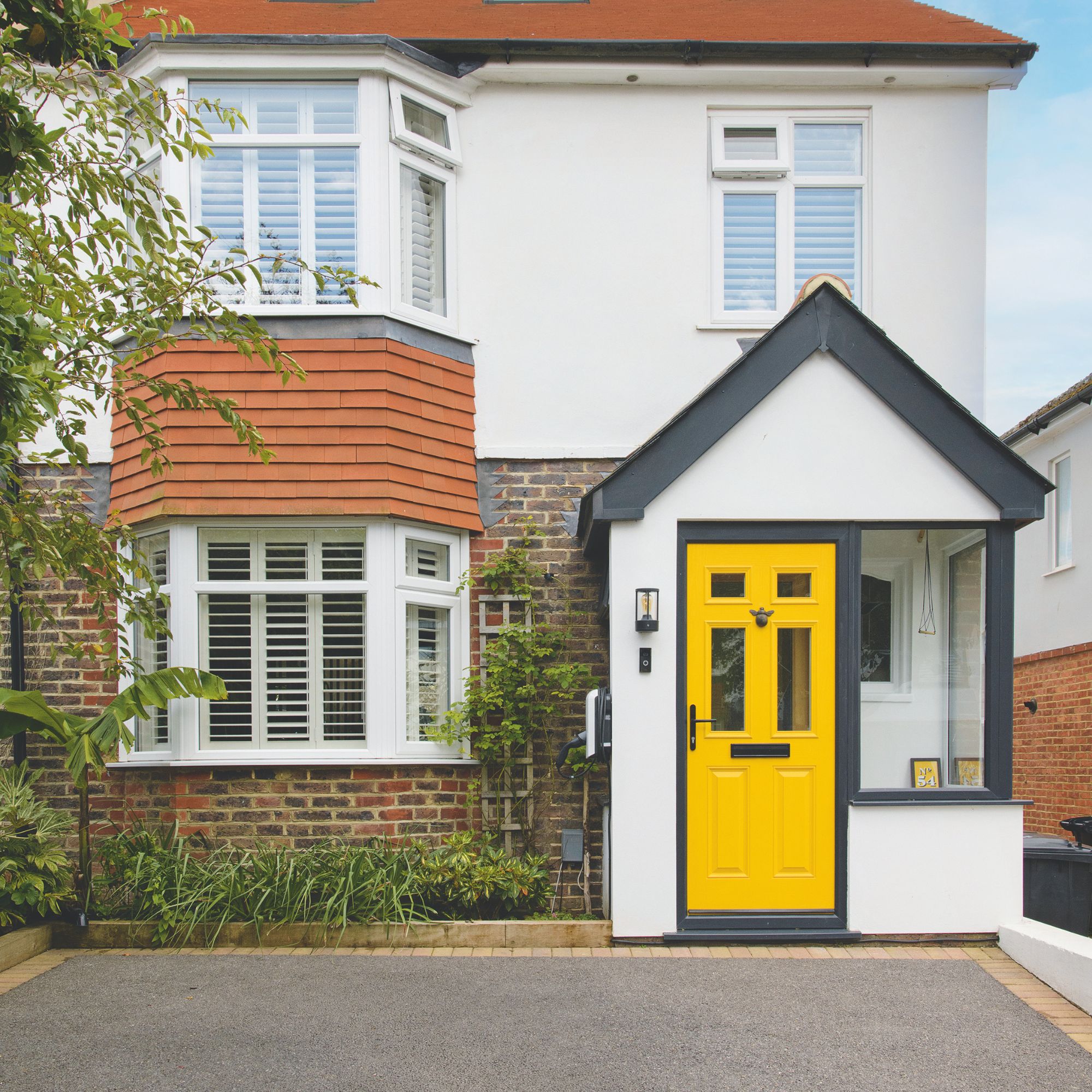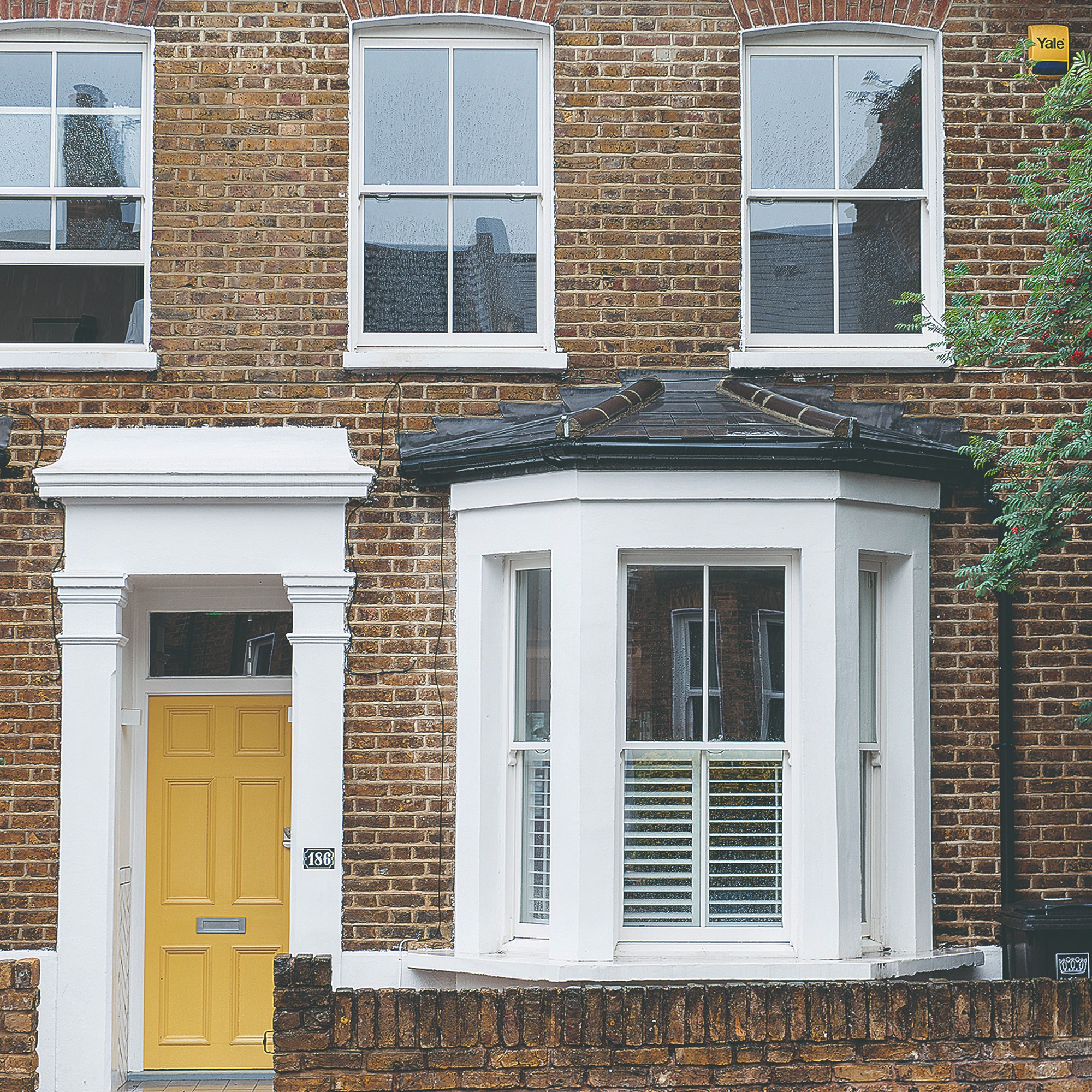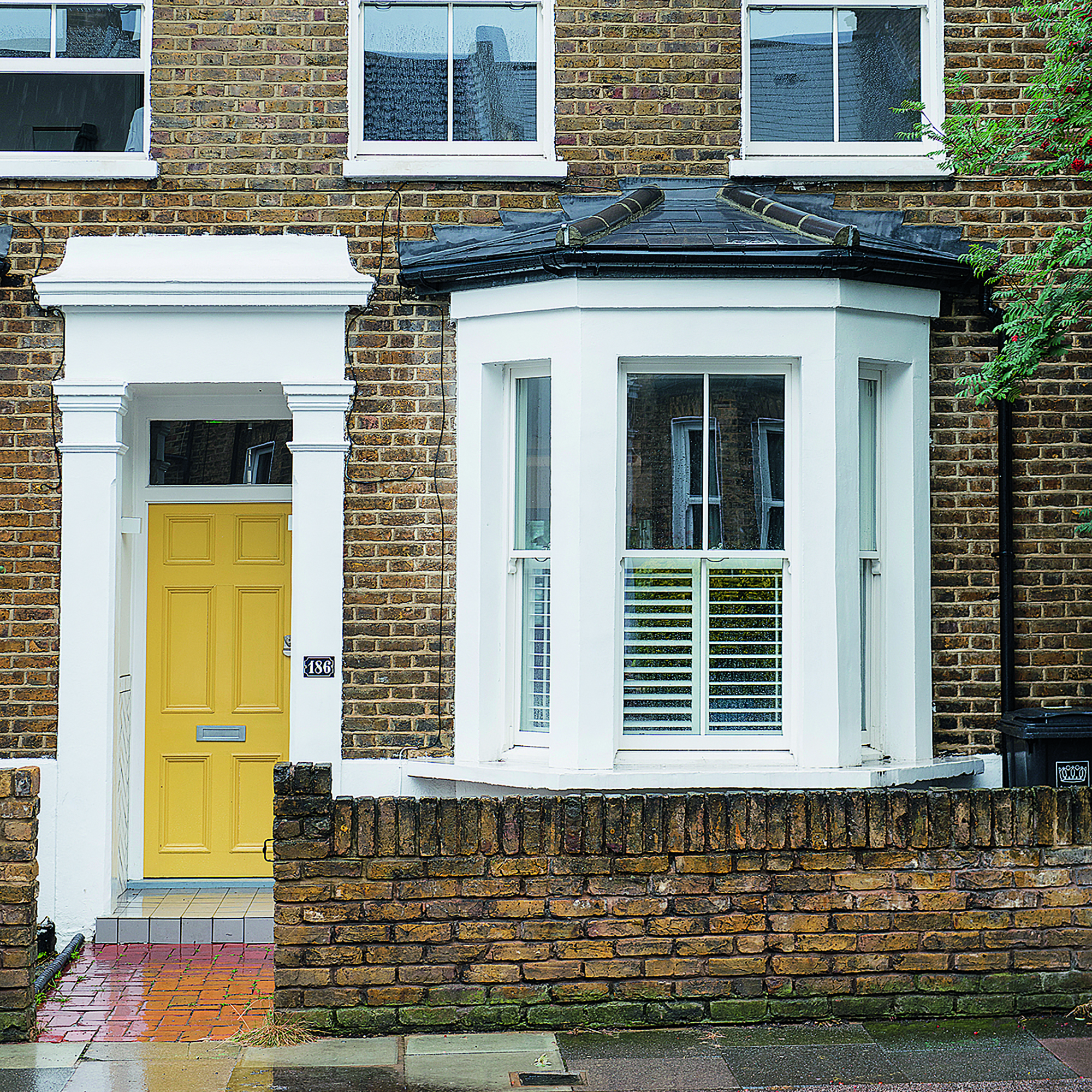What will happen to the Energy Price Guarantee in July? An easy explanation of what you actually need to know
With a new energy price cap predicted to dip below £2,500, what does this mean for the price guarantee?


The Energy Price Guarantee has been in place since October 2022 to protect households from further price hikes caused by the energy crisis.
It was due to rise to £3,000 in April 2023, but as wholesale energy prices were predicted to drop, the guarantee's current level of £2,500 was extended for an additional three months.
But as a new energy price cap is due to be announced by the energy regulator Ofgem, what will happen to the Energy Price Guarantee?
What will happen to the Energy Price Guarantee?
From July 2023, the Energy Price Guarantee will no longer be in effect. Instead, the energy price cap, which was temporarily replaced by the price guarantee to calculate our energy bills, will come back into play.
Energy market data analysts at Cornwall Insight have long predicted that from July 2023, the energy price cap would fall below the level of the price guarantee, which currently stands at £2,500. While the new price cap hasn't yet been officially announced, the latest predictions suggest that the price cap will be around £2,053. That's £477 cheaper than the price guarantee.
In that case, there is no need for the price guarantee anymore.
But while households will undoubtedly welcome a drop in energy prices, the new cap is still significantly higher than it was before the energy crisis hit.
Get the Ideal Home Newsletter
Sign up to our newsletter for style and decor inspiration, house makeovers, project advice and more.

Dr Craig Lowrey, Principal Consultant at Cornwall Insight said: “Under these predictions, an average consumer would see bills drop by around £450 compared to the existing levels of the Energy Price Guarantee, with bills currently predicted to stay relatively stable over the next nine months.
"As many people continue to suffer from the cost-of-living crisis, this will hopefully bring some cautious optimism that the era of exceptionally high energy bills is behind us.
“That is unfortunately where the good news ends. While bills are falling, the cap is still expected to remain comparatively high against historic norms, and those hoping to see a return to the kinds of bills seen at the start of the decade will be disappointed. Regrettably, it looks as if these prices may become the new normal."

What should I do when the price guarantee ends?
When the price guarantee ends, if you are on your supplier's standard variable tariff, your bills will be calculated using the unit prices set by the new energy price cap instead. If you remain on this tariff, this is how your bills will be calculated moving forward.
But with wholesale energy prices dropping, we could see more suppliers offering fixed-tariff deals. It's still to be seen how good these deals will be, but it might be worth considering whether you should fix your energy tariff.
If you are already on a fixed tariff, you will be tied in on your tariff's rate until the end of the fixed-term, and which point you can either move to another fixed-rate tariff, if available, or you will be moved onto your supplier's variable rate tariff, where the amount you pay will be determined by the energy price cap.

Sarah Handley has been Ideal Home’s Section Editor for Renovation since September 2024, following three years of looking after the site's home finance content. She has been a journalist since 2007 and has worked for a range of titles including Homebuilding & Renovating, Real Homes, GoodtoKnow, The Money Edit and more.
-
 Wood drenching is the calming new twist on the colour drenching trend – here’s how to make the look work in your home
Wood drenching is the calming new twist on the colour drenching trend – here’s how to make the look work in your homeIt’s easier than ever to embrace natural materials
By Maddie Balcombe
-
 Aldi is launching a £200 day bed with four different features - its sleek design is suited to the whole family
Aldi is launching a £200 day bed with four different features - its sleek design is suited to the whole familyYou don't want to miss out on this Specialbuy
By Kezia Reynolds
-
 How to set up a drip watering system that saves water and a lot of effort
How to set up a drip watering system that saves water and a lot of effortKeep your plants hydrated (and your water bill down) with this clever garden watering solution
By Natalie Osborn
-
 You can claim back over £300 a year from HMRC if you work from home - here’s how to check if you’re eligible
You can claim back over £300 a year from HMRC if you work from home - here’s how to check if you’re eligibleWhen it comes to saving, every little helps
By Kezia Reynolds
-
 Experts have revealed the best day to renew your home insurance policy - you’ll want to do it sooner rather than later
Experts have revealed the best day to renew your home insurance policy - you’ll want to do it sooner rather than laterDon't leave this task at the bottom of your to do list
By Kezia Reynolds
-
 Is a variable rate mortgage ever a good idea? Experts weigh in
Is a variable rate mortgage ever a good idea? Experts weigh inOur money expert explains what a variable rate mortgage is, who they can be good for, and the pros and cons of this kind of mortgage
By Samantha Partington
-
 I’m a first-time buyer, what are my chances of getting a mortgage right now?
I’m a first-time buyer, what are my chances of getting a mortgage right now?And what you can do to increase your odds
By Rachel Wait
-
 Should you ever pay above the asking price for a home?
Should you ever pay above the asking price for a home?Our money expert explains whether you should ever pay over the asking price for a home, especially if house prices fall as predicted
By Samantha Partington
-
 Should I fix my mortgage and how long should I fix for?
Should I fix my mortgage and how long should I fix for?We speak to the experts to find out whether you should fix your mortgage and how long for as well as the impact further interest changes could have on your decision
By Samantha Partington
-
 We put your mortgage questions to two leading experts, here's what they said
We put your mortgage questions to two leading experts, here's what they saidAs mortgage panic continues, we've answered the most common questions - from when mortgage rates will come down, to when you actually have to pay stamp duty
By Samantha Partington
-
 'My mortgage is set to skyrocket - what should I do?' 5 potential solutions from a money expert
'My mortgage is set to skyrocket - what should I do?' 5 potential solutions from a money expertIf you're facing higher mortgage costs, our money expert explains various courses of action you could take to ease the pressure
By Samantha Partington